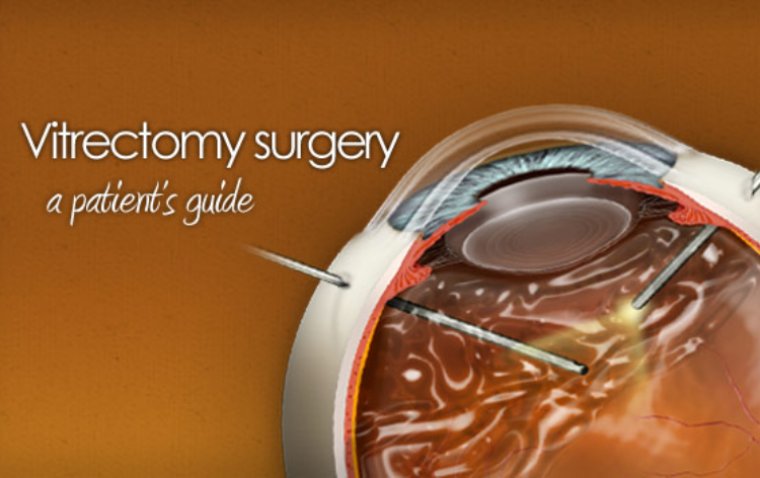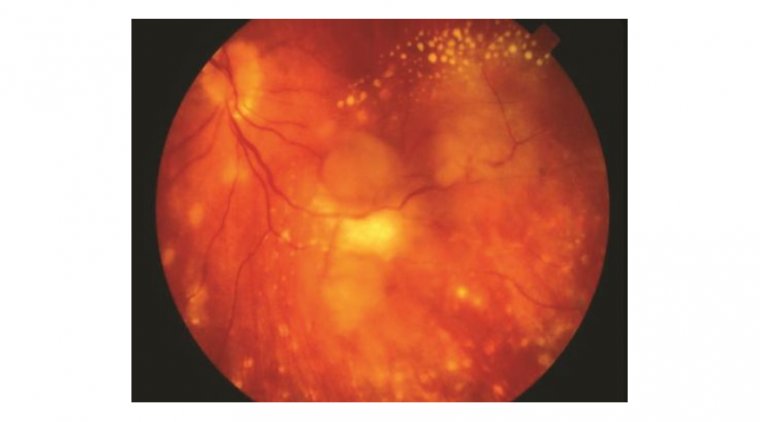
What Is Visual Snow Syndrome and How to Deal with It?
Eyes are sensitive and many the disorders or painful surgeries have an effect on eyes easily. Visual snow syndrome is described as snowy vision or static vision but even though it's related to the eye, the disorder relates to vision. There can be flickering dots in white, black or colored or may be transparent in the vision field. There is no certain treatment or cure on visual snow syndrome but in order to answer how to deal with it, continue reading below headings.
What Is Visual Snow Syndrome?
Visual Snow syndrome is an uncommon condition that scientists are still searching why and how this static vision occurs. For some people this is a chronic condition or have a migraine, insomnia or headaches may occur. The snowy vision occurs when your eyes are either open or closed.
How Rare Is Visual Snow Syndrome?
As it is an uncommon condition to see visual snow syndrome it is rarely diagnosed. The estimation is about %2 or %3 people may experience. To clarify, having visual snow from time to time does not mean that you have visual snow syndrome.
The Causes of Visual Snow Syndrome
Unfortunately the cause of visual snow syndrome is unclear. The scientists are still working on the causes and as a result there is no descriptive cure or visual snow treatment. According to some scientists on brain imaging research it can also be a brain disorder by being hyperactive.
What Are the Symptoms of Visual Snow Syndrome?
To figure out the symptoms of Visual Snow syndrome you can check the following:
● Other than seeing snowy vision or flickering dots you may also see flying objects
● Palinopsia may occur if you still see an object after the image is away.
● Difficulty in seeing in the dark
● Being sensitive to the light
● Feeling dizzy or having headaches
● Having migraine and insomnia
How Do Doctors Diagnose Visual Snow Syndrome?
The doctors can typically examine your eyes by listening to your health history and symptoms that you were experiencing. An eye exam and performing imaging scan may be useful. As visual snow syndrome symptoms relate to your migraine, headache or dizziness the doctor will definitely suggest you to see a neurologist. It is also advised to visit a neuro-ophthalmologist. Generally having another disease or using drugs like side effects would not result in visual snow syndrome symptoms. The symptoms should continue for a minimum of a few months so that visual snow syndrome can be diagnosed.
Visual Snow Syndrome Test
As there is no specific cause found yet, there is no defined test to diagnose the static vision. In order to diagnose, general eye check within visual snow symptoms are analyzed and neuro-ophthalmologist visit is advised. Head CT or MRI are the common tests for diagnoses. Some anti-seizure medication may be applied but not fully effective anyway.
How to Treat Visual Snow Syndrome
The most common concern about the visual snow syndrome is how to treat the conditions. Whether it is chronic or continuously occurs, more neurological examination may be needed. As repeated, there is no specific cure for this eye condition but the symptoms can be tracked and mental relaxation can be advised to reduce the effects. At least by the help of the doctor you can manage better with continued symptoms like sleeping problems, headaches or dizziness. There are some medical therapies, however the heavy side effects make them not applicable for some patients.
(1).jpg)










